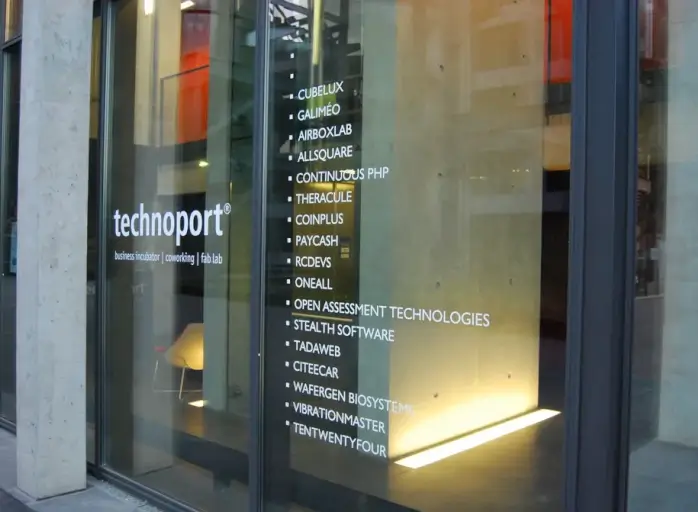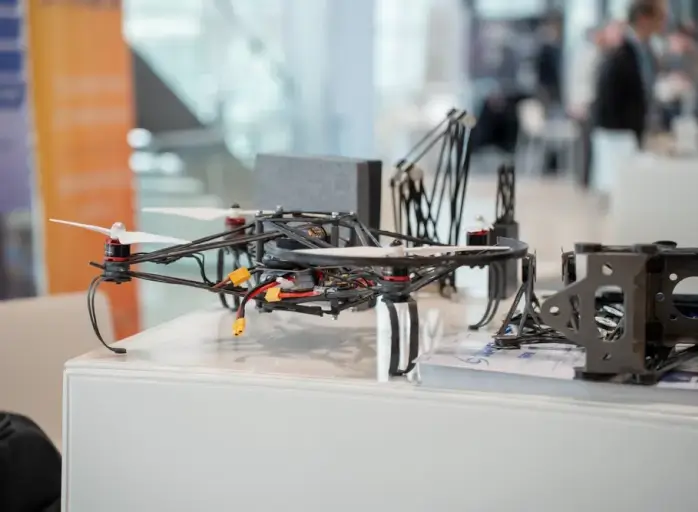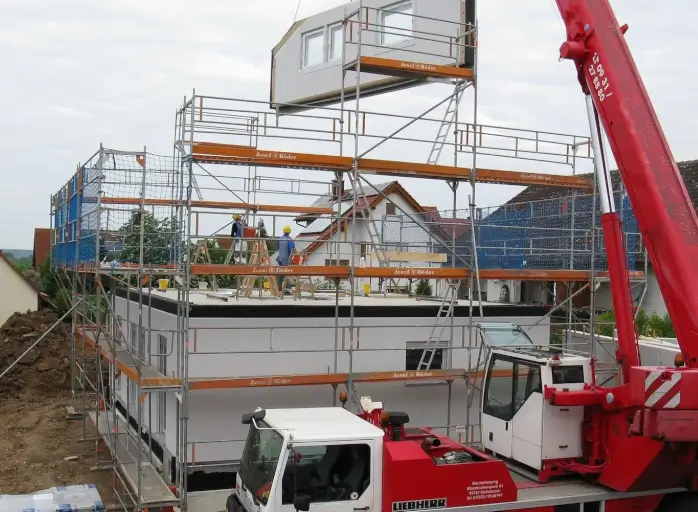

Public aid and tax relief: How to make use of it
The conditions for granting state aid and tax relief to companies have been relaxed and broadened. Here are some explanations.
 Jean-Michel Gaudron
Jean-Michel Gaudron
The law of 6 June 2025 on the renewal of aid schemes for research, development and innovation has reshuffled the cards to fully align with the government’s objective of strategic diversification and to facilitate Luxembourg’s green and digital transition.
It replaces the previous legislation dating from 17 May 2017. Among the innovations introduced, the executive can now implement its strategic orientations on innovation through competitive calls for projects, granting aid for R&D projects carried out by companies established in the Grand Duchy.
These calls for projects, which are time-limited, may cover themes, sectors, value chains or technologies considered strategic for the Luxembourg economy (ICT, Industry 4.0, health technologies, space technologies, financial services).
Luxinnovation's support
“In addition, applications for bottom-up aid, such as aid for process or organisational innovation, or R&D aid, are available at all times. They are non-thematic and non-competitive,” says Pol Plumer, Junior Advisor – National Funding at Luxinnovation.
While the granting authority remains the Ministry of the Economy, Luxinnovation continues to play a key role for companies. The national innovation agency can advise applicants on the various financial aid schemes available, help them find potential partners for their research, and assist in drafting their aid applications.
To this end, national funding advisors offer their expertise to assess companies, their projects and their financing needs. “This support ends when the company submits its application for funding, addressed to the Ministry of the Economy,” adds Mr Plumer.
Several eligibility criteria are taken into consideration, both at the level of the applicant company (financial situation, size, substance, equity, etc.) and at the level of the R&D&I project itself (innovative nature, technological challenges, internal effort by the company, etc.).
Not all costs are eligible either: staff costs (salaries), equipment and consumables are eligible when directly allocated to innovation activities, as are certain subcontracting costs. Conversely, costs related to a project that has already started, is dedicated to a specific client, is risk-free, non-innovative, or where the innovation is largely outsourced, are not eligible.
Tax relief
In addition to public aid, there is also a tax relief mechanism for investment designed to encourage and accelerate the digital transformation and the ecological and energy transition of Luxembourg companies.
Since the entry into force, at the beginning of 2024, of the package of measures decided in September 2022 as part of Solidaritéitspak 2.0, the conditions for obtaining these subsidies have been substantially revised in the interests of efficiency and modernisation.
There are now two types of tax credit under Article 152bis of the Income Tax Law, in addition to the tax credit for global investment, which has been increased from 8% to 12%. The tax credit for projects aimed at digital transformation or the ecological and energy transition now provides for a rate of 18%.
What is new in this updated scheme is that it now also covers operating expenses.
The tax bonus for additional investment has been abolished and replaced by a bonus based on expenses related to digital transformation and the ecological and energy transition.
Digital transformation, what are we talking about?
It is important to distinguish three levels of digital development:
- Digitisation, the most basic level: converting physical files (catalogues, brochures, documents, etc.) into digital format (PDF, website, etc.)
- Digitalisation: where a company begins to optimise (digitise and automate) existing activities: selling products or services via an online shop, making banking transactions online, using a chatbot, or implementing a document management platform
- Digital transformation: which involves profound changes to the operational and organisational model to create new value for stakeholders: predictive maintenance, digital twin technologies, 3D printing, artificial intelligence, and more.
What matters most is the holistic impact of this transformation: understanding how the company currently operates, how processes will change, and how improvements will be achieved. For some, this represents a real paradigm shift.
In this context, two types of innovation may be taken into account: process innovation and organisational innovation.
Among the conditions required, the project applying for tax relief must not exceed three consecutive years of operation, with the first being the year of launch.
What are the eligible costs?
Eligible costs are those directly related to digital transformation or ecological and energy transition projects. There are six categories of costs that can give rise to a tax credit:
Two categories related to investment:
- Investments in tangible depreciable assets (excluding buildings, live agricultural livestock, and mineral or fossil deposits)
- Investments in software or patents
Four categories related to operating expenses:
- Expenses incurred for the use or licensing of patents or software
- Costs for consulting, diagnostic, and technical support services provided by external providers
- Personnel expenses (gross salaries), but only for staff directly assigned to the digital transformation (or ecological and energy transition)
- Training expenses, which must also concern only staff directly assigned to the digital transformation (or ecological and energy transition)
All procedures are carried out via the Guichet.lu website, whether to obtain a certificate of eligibility from the Ministry of the Economy (with an indicative response time of three months) or to request the annual certificate issued by the same ministry. This document must then be provided for the final tax credit application submitted to the Luxembourg Administration des contributions directes.
 Two concrete examples
Two concrete examples
IT Security Enhancement Project
Total amount: EUR 40,000, divided into EUR 4,000 of investments (IT equipment, etc.) and EUR 36,000 of operating expenses (security audit, technical solution, personnel costs, certification, etc.).
Under the old scheme, an average rate of 12% applied only to the investment component, resulting in a tax credit of EUR 480.
Under the new scheme, all costs are eligible, resulting in a tax credit of EUR 7,200 with an average rate of 18%.
Implementation of a new ERP software
Amount of EUR 200,000 divided into EUR 80,000 of investments (IT infrastructure, etc.) and EUR 120,000 of operating expenses (software licenses, personnel costs, external service providers' fees, etc.).
Under the old scheme, an average rate of 12% applied only to the investment component, resulting in a tax credit of EUR 9,600.
Under the new scheme, all costs are eligible, resulting in a tax credit of EUR 36,000 with an average rate of 18%.







